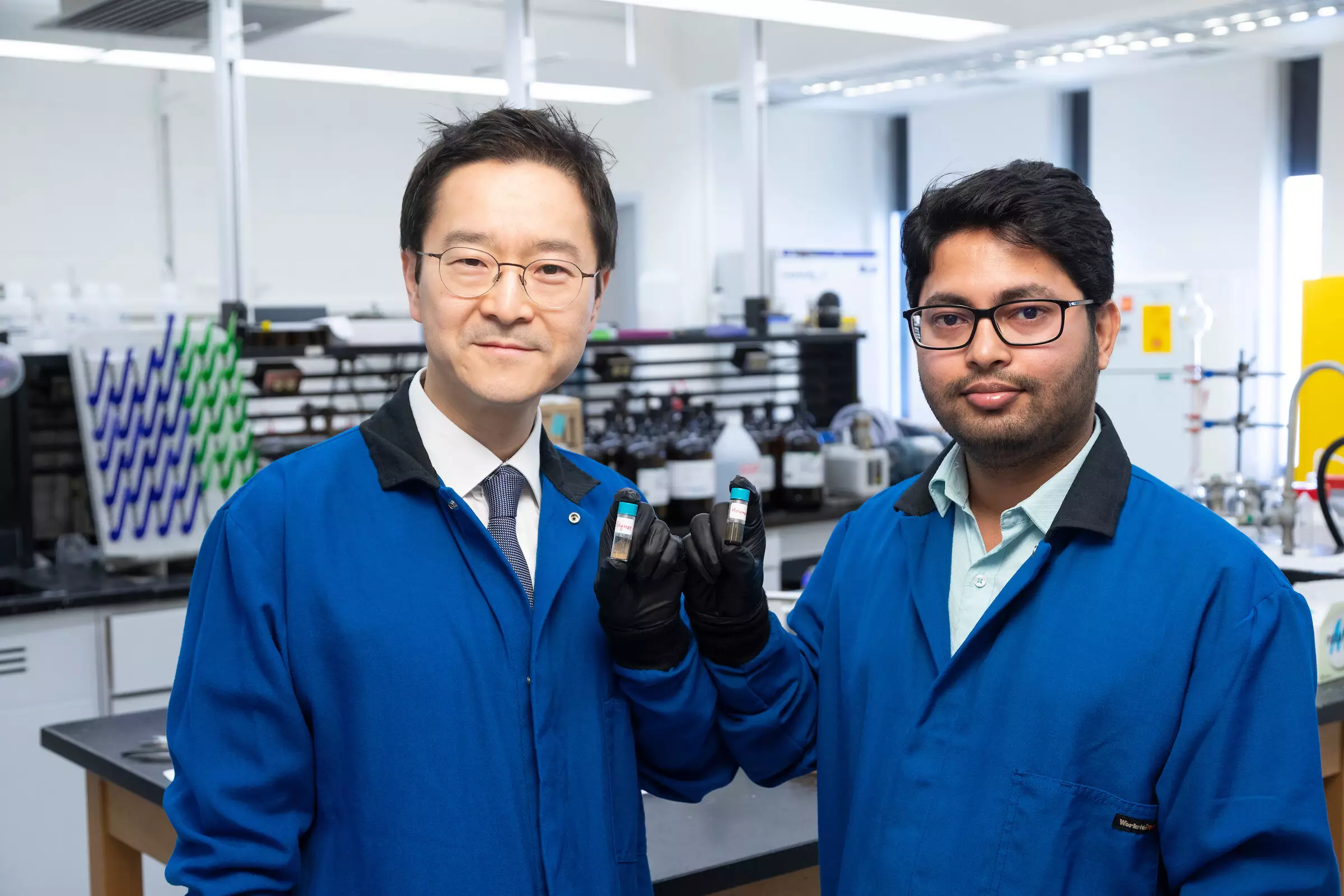In the quest to mitigate climate change, researchers have been exploring various materials that can address the increasing levels of carbon dioxide (CO2) in our atmosphere. Recent advancements from the FAMU-FSU College of Engineering have unveiled a groundbreaking biomass-based material derived from lignin—a fibrous organic polymer abundant in wood and plant matter. This new material has shown promise in its ability to effectively absorb and release CO2, paving the way for sustainable environmental practices and improved resource management.
Lignin, often perceived as a waste product in the forestry and paper industries, has rapidly garnered attention for its potential applications beyond mere byproducts. Given its prevalence and low cost, the development of a lignin-derived substance for capturing and manipulating CO2 aligns perfectly with the shift towards eco-friendly technologies. The findings from this research, published in the journal Advanced Materials, highlight both the mechanical efficacy and the environmental benefits of integrating lignin into the carbon capture conversation.
The material developed by the research team exhibits a remarkable capacity to encapsulate carbon dioxide not only from high-concentration sources but also from the ambient atmosphere. Through meticulous experimentation, it was determined that a mere one gram of this novel material could absorb approximately 47 milligrams of CO2 from concentrated emissions and around 26 milligrams from typical air exposure. Such efficiency in absorption signifies a valuable resource for industries looking to offset their carbon footprints.
Central to this technology is the material’s stability, as co-author Hoyong Chung explains. The structure of this biomass-based product remains intact over multiple cycles of absorption and release, which introduces a level of sustainability not often found in traditional carbon capture technologies. This durability is crucial as it suggests the possibility of repeated use without significant degradation—a key attribute for commercial viability.
One of the surprising aspects of this groundbreaking research was the mechanism behind the release of CO2. Using nuclear magnetic resonance spectroscopy, the researchers observed unexpected bubbles forming when the material was heated. This discovery catalyzed a deeper investigation into the heat-induced CO2 release mechanism, revealing that mild temperatures (as low as 60 degrees Celsius) were sufficient to liberate the absorbed gas.
This finding shifts the narrative around carbon capture technologies that often necessitate extreme conditions, making this lignin-based solution not only more efficient but also more accessible to various industries. The implications here are significant; businesses could implement such a system with reduced energy costs and operational challenges, ultimately enhancing its attractiveness as a viable solution in climate action efforts.
Once the CO2 is released, it can be utilized in numerous applications, thus contributing to a circular economy. Industries such as agriculture, manufacturing, and energy can harness the captured gas for various processes, potentially transforming a harmful pollutant into a valuable resource. This versatility enhances the appeal of adopting lignin-based materials, as companies leverage captured CO2 to reduce overall emissions and generate additional profits from environmental responsibility.
The potential of this material extends beyond carbon capture; it hints at new futures for waste byproducts and renewable sources. The ability to capitalize on an organic and plentiful material like lignin poses revolutionary possibilities for advancing green technologies, motivating other research initiatives to explore underutilized natural resources comprehensively.
As climate change continues to loom as a pressing global crisis, the innovation stemming from the FAMU-FSU College of Engineering illustrates the critical role of academic research in developing sustainable solutions. The findings presented by Chung and his team emphasize not only the efficacy of the lignin-based material but also signal a shift towards integrating natural resources into modern engineering solutions.
While further research is imperative to refine this technology and expand its usability, the pioneering work with lignin serves as a noteworthy example of how science can address environmental challenges. The collaboration between academia and industry will be vital in realizing the commercial potential of these materials, reinforcing the belief that even the most ordinary substances can ignite change in the fight against climate change. Thus, this lignin-based technology not only supports carbon capture efforts but also inspires a reimagined relationship between waste and resource—advocating for a more sustainable future.


Leave a Reply